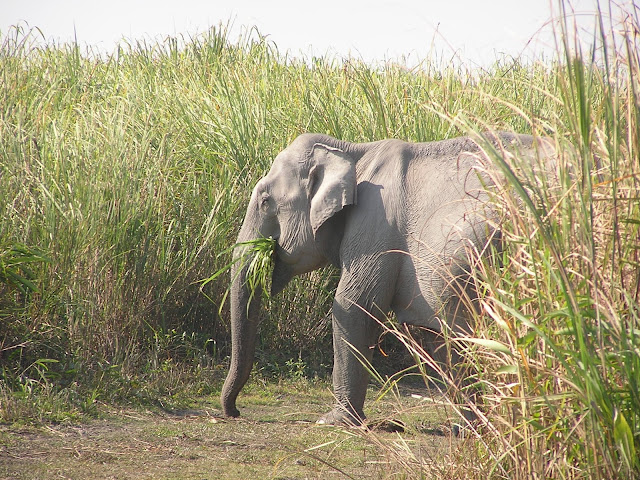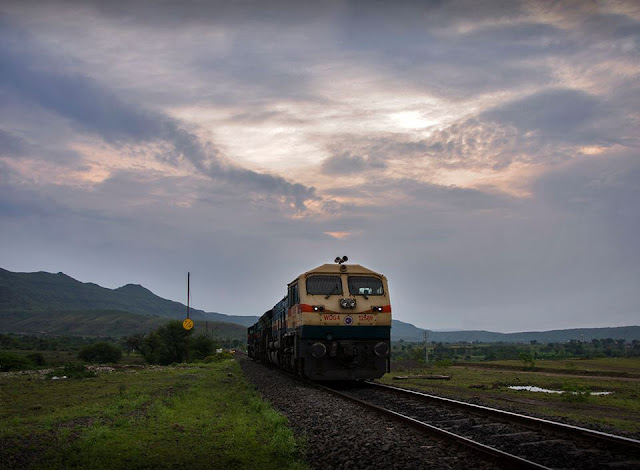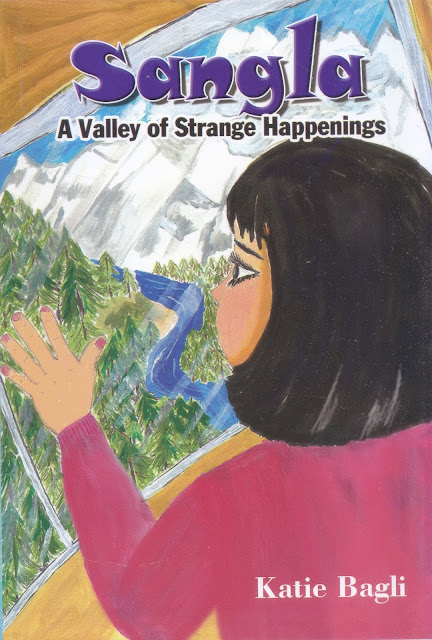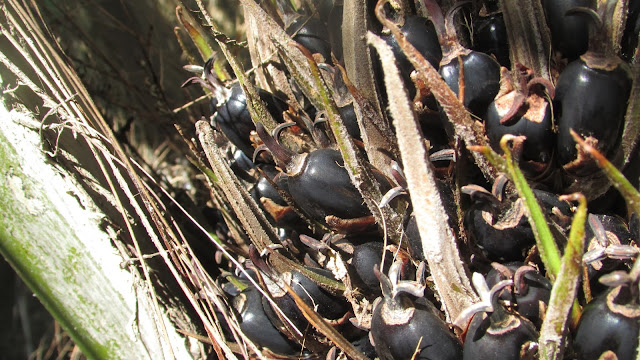The Mammals of India

The Mammals of India: A Systematic and Cartographic Review Anwaruddin Choudhury 2016 Gibbon books and The Rhino Foundation for Nature in NE India Forestry Bureau, COA ISBN 978-93-80652-04-7 Some random observations Glance Significantly more details of mammals occurring in the region east of Calcutta owing to the Author’s almost unparalleled experience of the region. Mammals in the region, as he states in the preface, cover 65 per cent of our country’s mammals. Colin Groves, in the foreword, describes the book succinctly as ‘ this book fills a real gap, it lists synonyms, cites relevant literature and importantly makes thoughtful assessments of taxonomic claims and counter claims ’. He adds that ‘ the author begins with surveys of environment and biogeography, and then conservation, before going on to his listing ’. Chapters There are topics that one does not come across in books on similar lines. While these additions are welcomes





